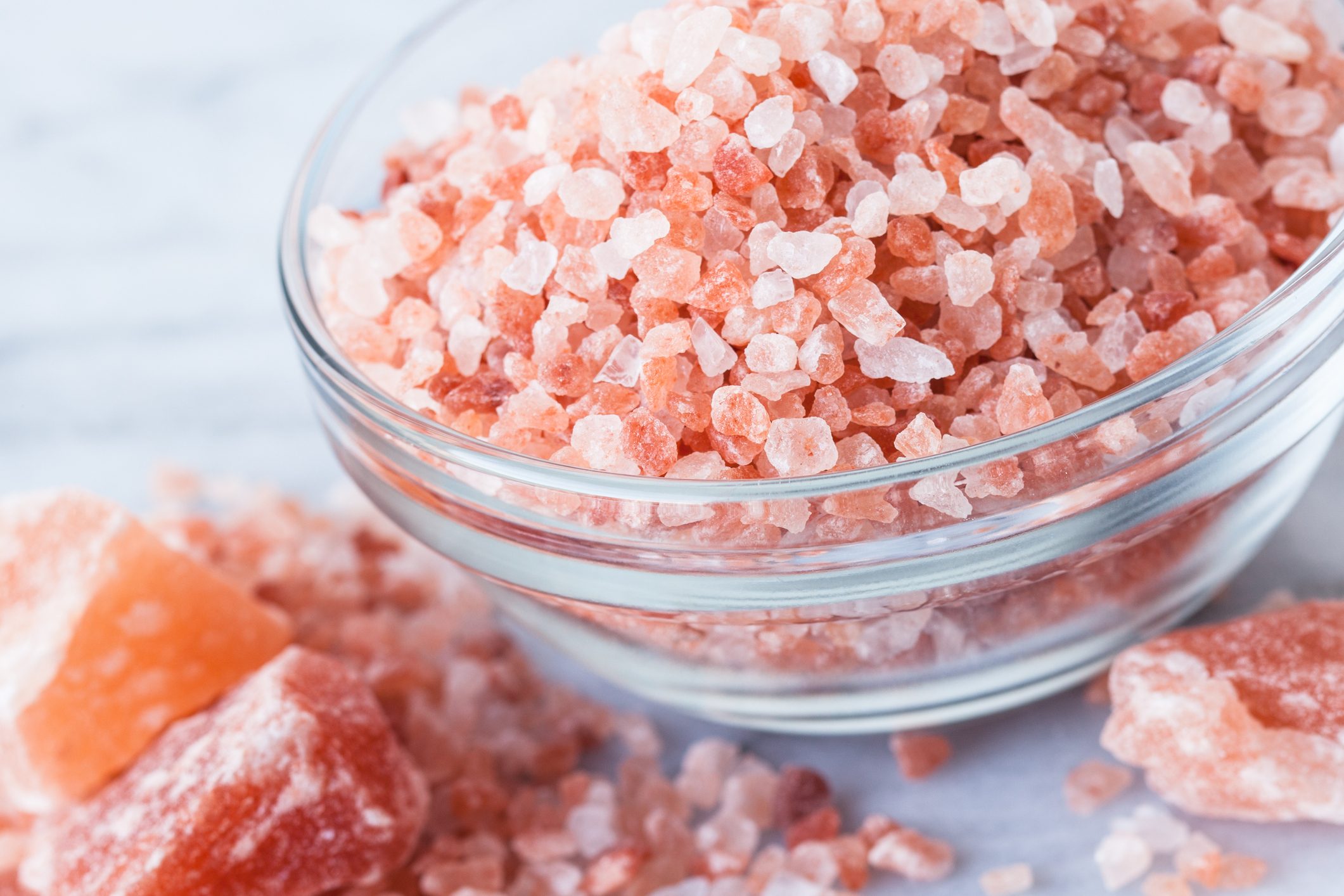Uses and health benefits of pink Himalayan salt
However, the amount of these minerals is very-very small in terms of the daily recommended dietary intake.
;Resize,width=742;)
Read on to know how consuming pink Himalayan salt impacts our health!
Pink Himalayan salt is naturally pink in color and is found in the Himalayan region. Minimal processing is involved to extract this salt and it is an unrefined product that is free from additives. It contains more than 80 minerals that give it a characteristic taste and color.

Pink Himalayan salt comprises 84 minerals and trace elements including calcium, potassium, molybdenum, strontium, etc. In fact, it has lesser sodium but more calcium, magnesium, potassium, and iron content than the regular table salt. However, the amount of these minerals is very-very small in terms of the daily recommended dietary intake.
Pink Himalayan salt can be used in many different ways.
In cooking

You can use this salt as a replacement to regular table salt and add to various salty food preparations, marinades, and sauces. Some people also use a thick pink Himalayan salt slab as a cooking surface to grill or sear meats or other foods and impart a salty flavor to them.
As bath salt
Himalayan salt is popularly used as a bath salt to soothe sore muscles and relieve various skin problems.
As a decorative

Salt lamps are popularly used as both a decorative item and also to remove air pollutants.
There are certain claims, most of which are not supported by researches, regarding the health benefits of consuming pink Himalayan salt.
It improves the pH balance of our body. Prevents and improves respiratory diseases. Improves the quality of sleep. Reduces the signs of aging. Increases libido. It helps to regulate blood sugar.
;Resize,width=767;)
;Resize,width=712;)
;Resize,width=712;)
;Resize,width=712;)
